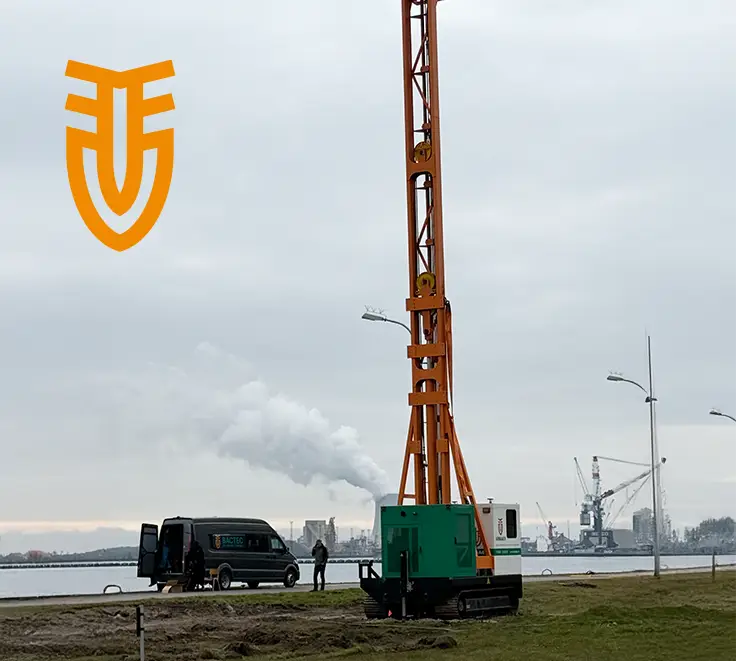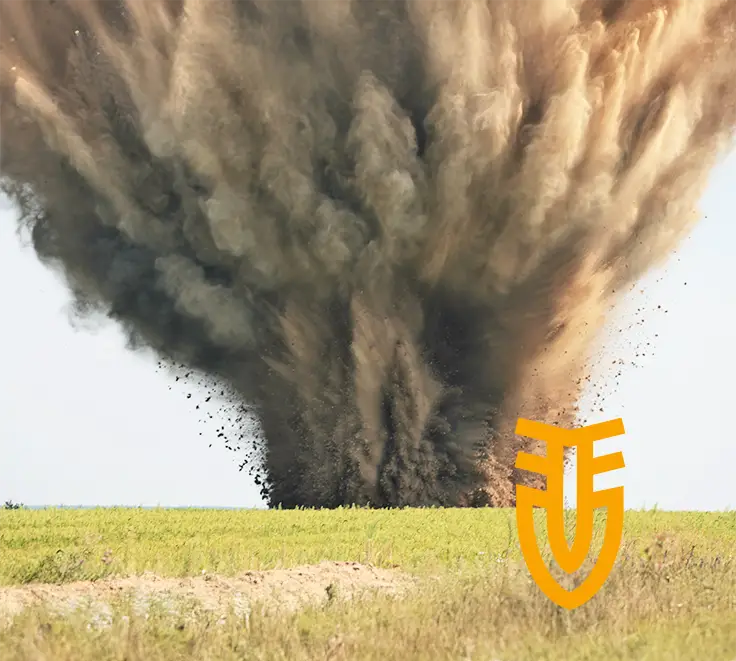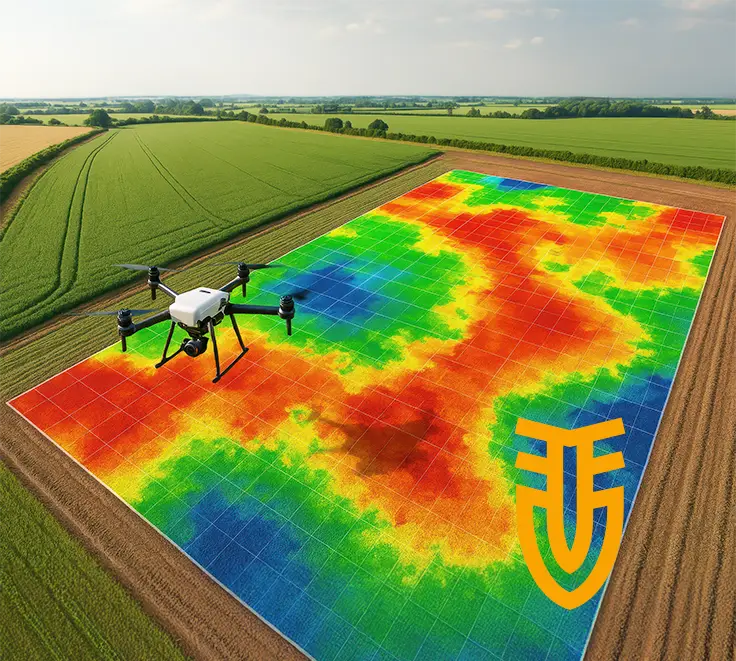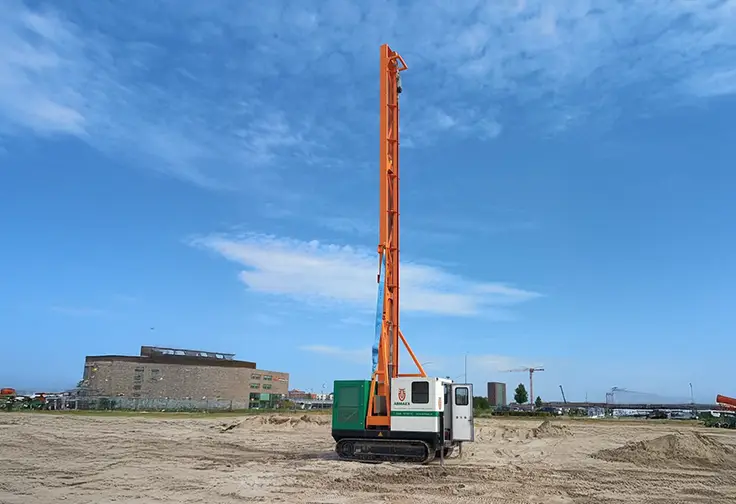Marine UXO Surveys
UXO isn’t only a land-based risk. Our specialist marine UXO surveys support offshore wind, dredging, cable routing, and coastal engineering projects.
We use technologies such as sidescan sonar and sub-bottom profiling, marine magnetometry arrays and ROV (remotely operated vehicle) inspection - and can deploy UXO diver teams where required.
Marine surveys are adapted to account for tides, visibility, seabed composition, and current strength. We offer full desktop assessment, survey planning, acquisition, analysis, and mitigation planning as a seamless package.
Why Choose Us for Your UXO Surveys?
How many reasons do you need? Here are just a few!
- Complete in-house capability from desktop assessment through to investigation and clearance.
- Flexible survey methods: land, marine, drone-based, or borehole-integrated.
- Advanced tech; we use the latest magnetometry, GPS and processing tools and are exclusive Stitcher solution suppliers.
- Speed and precision including rapid mobilisation and the delivery of clear, actionable results.
- Experienced people, (geophysicists, drillers, EOD engineers and risk consultants) and last but not least, national reach – from urban brownfield sites to remote uplands and offshore zones.
Whether you’re investigating a 2-hectare school site or a 200km subsea cable route, BACTEC delivers the data and confidence to move forward safely.
When Should a UXO Survey Be Carried Out?
A UXO survey is appropriate when a UXO risk assessment identifies a moderate or high risk, you’re planning deep groundworks (piling, tunnelling, shaft sinking), or your site lies in or near a known WWII bombing zone or former military facility. It’s also essential where the ground has previously been backfilled, reclaimed, or disturbed or you need to prove due diligence for regulatory or insurance purposes.
Frequently Asked Questions: UXO Surveys
What is a UXO survey?
A UXO survey is a geophysical scan of ground to detect anomalies that could indicate unexploded ordnance, usually following a risk assessment that identifies potential danger.
What makes The Stitcher different from a normal CPT rig?
The Stitcher is engineered for rapid “grid stitching,” delivering the equivalent output of multiple CPT rigs. It dramatically reduces survey time and cost while improving coverage and accuracy. It is ideal for large-scale or time-sensitive projects.
How much does a UXO survey cost?
Costs vary depending on site size, survey type, and risk level. A simple non-intrusive survey may be a few thousand pounds, while marine or deep intrusive surveys are more complex and costly. We offer fast, transparent quotes.
How long does a UXO survey take?
Non-intrusive surveys may take 1–3 days on site, plus a few days for reporting. Intrusive or marine surveys can take longer depending on access and scope. We can talk timings…give us a call.
Is a UXO survey always necessary?
Not always, no. But if your risk assessment flags a possible UXO threat, a survey is the safest and most cost-effective next step.
What’s the difference between a non-intrusive and intrusive UXO survey?
Non-intrusive surveys use magnetometers at or above ground level, ideal for early-stage checks. Intrusive surveys scan deeper, using boreholes or probes, and are suited for complex or high-risk sites.
Can UXO surveys tell the difference between bombs and scrap metal?
Yes, to a degree. Skilled interpretation, combined with local knowledge and historical context, can distinguish likely UXO from clutter. Suspect items can then be flagged for further investigation or clearance.
Plan Safely. Build Confidently.
Don’t break ground without knowing what lies beneath.
A UXO survey could be the difference between a smooth project and a major incident.




